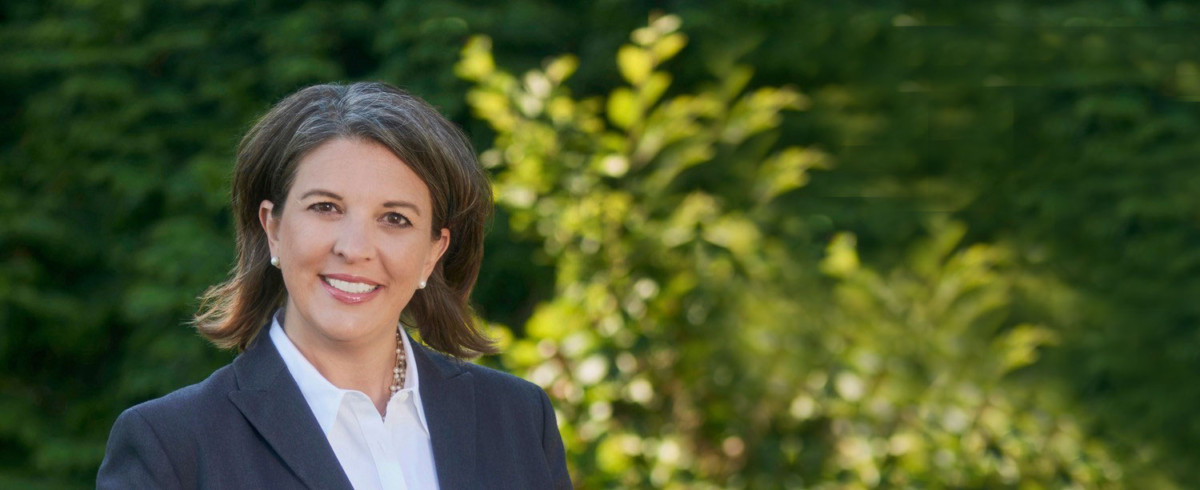How and why did you decide to take the lead on the Unizin Teaching & Learning committee?
Stacy Morrone of Indiana University took the lead in ensuring that this group was formed, and that the conversations were helping to advance the Unizin work on each of our own campuses. It was clear that the group that came together was passionate about and dedicated to student success and affordability measures. Stacy had a great vision for the forming and norming of the group, as well as the subcommittees that formed out of the first meetings. Taking the lead after such a strong start was an easy decision. It was imperative to continue the great work that had been started, and to get to do so with such incredible people makes for a good day’s work.
What has been your top priority as chair?
There are several priorities as chair, the first of which is tackling the ever-challenging issue of communications across a really diverse audience. Answering questions such as, “How do we get faculty buy-in on the Unizin initiatives?” “How are we communicating the value of Unizin to our university administrators?” “How do we share the great work that’s being done with the larger higher ed community?”
Additionally, ensuring that the sheer girth of Unizin allows for insights and inputs into Canvas and the Canvas Roadmap. An ongoing challenge with our vendor partners is to have a single, but large voice that can have a say into the priorities of these business teams that sit outside of our institutions, but daily impact our work.
Another area of interest that we are trying to evolve is the Unizin Data Platform and the related analytics capabilities. This area is a rapidly evolving, and highly complex, environment. Bringing the right people to the table around this discussion looks different at each of our institutions.
Would you say that the T & L committee has evolved much since you first stepped on as chair? If so, how?
The committee has evolved in several ways. I think that the subcommittees have hit a stride in terms of meetings and work to be done. The format of the meetings includes pre-meetings with the subcommittees to allow for a face-to-face deep dive into the work that needs to be done.
Additionally, we’re looking at some new subcommittees that will evolve over the summer months to be more inclusive of our campuses. These new subcommittees include librarians, the centers for teaching and learning, and application development. Again, by bringing the best minds at each of our institutions together, we are far smarter than when we work alone. That is the beauty of any consortium.
Are there any particular victories or challenges in this role that you’d care to share?
As with everyone (I think) on this committee, this is not my full-time job. The work is incredibly important, but sometimes gets lower priority than the issues at our campuses. Carving out the time to ensure that the valuable work is getting done is sometimes difficult. One victory I would state is that we think for our next meeting, we will need all three rooms at the Big10 Center opened-up. This shows the willingness of people on our campuses to give time to this important work.

